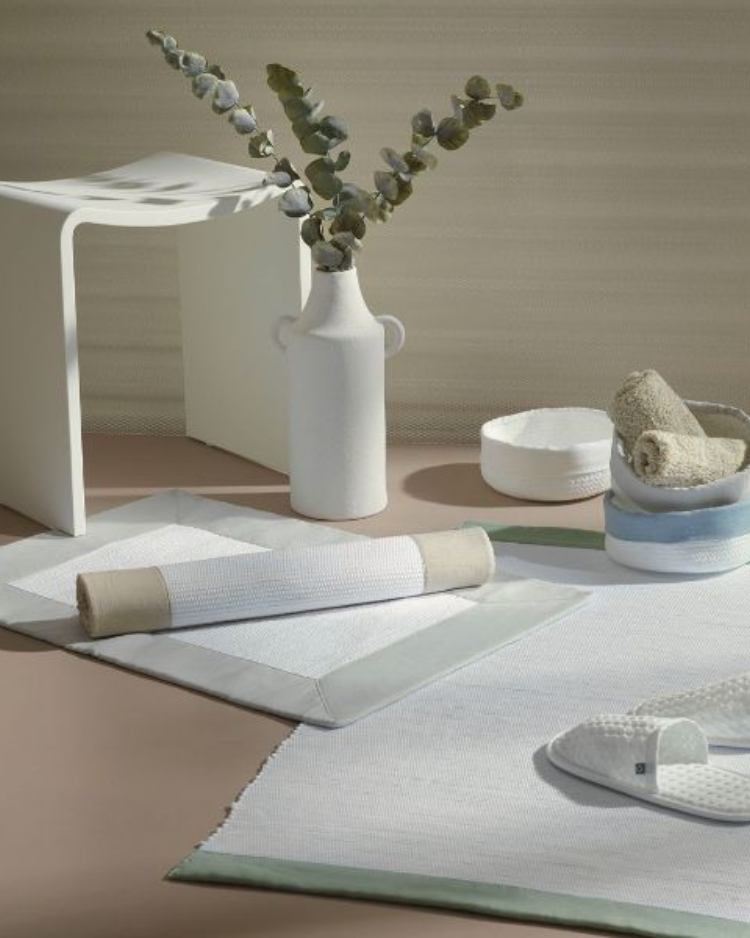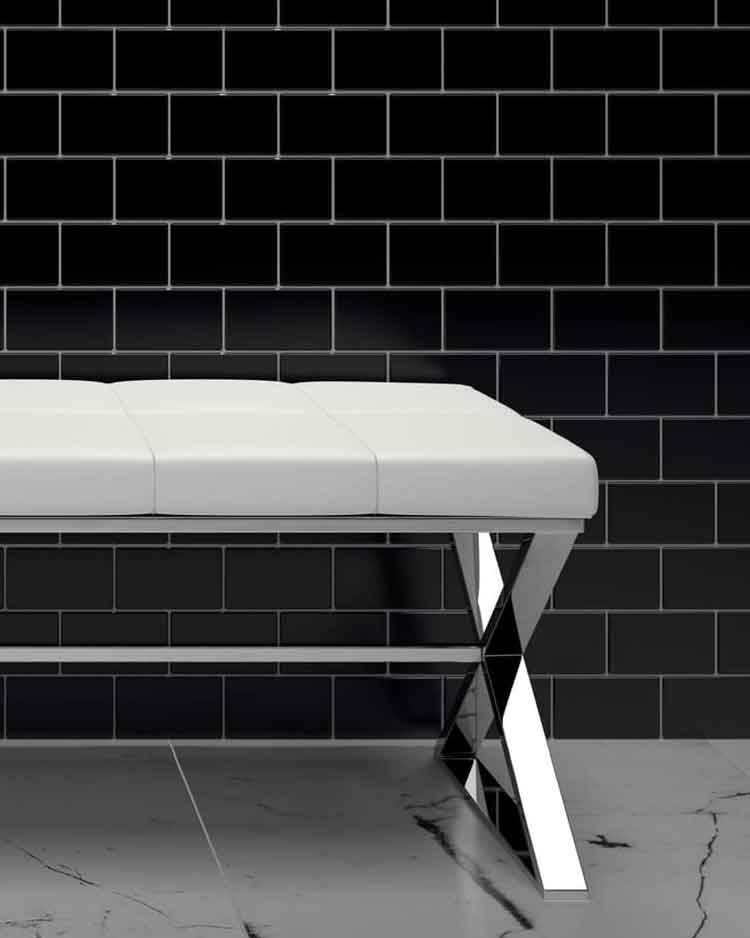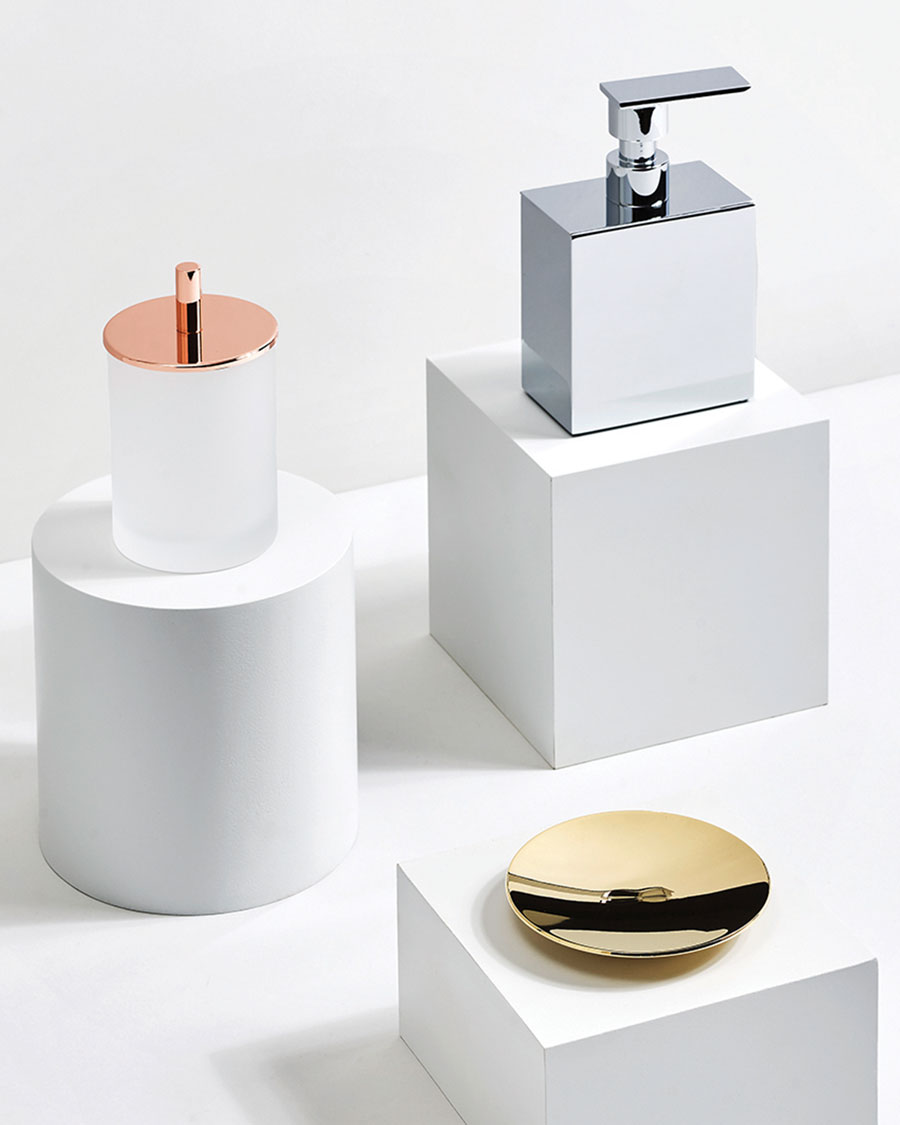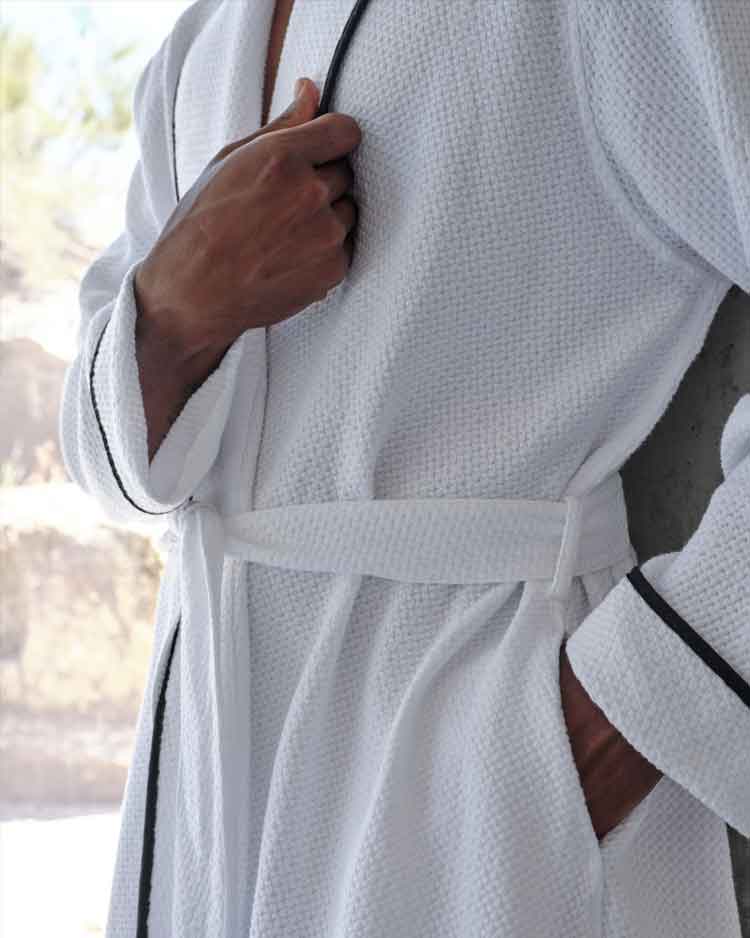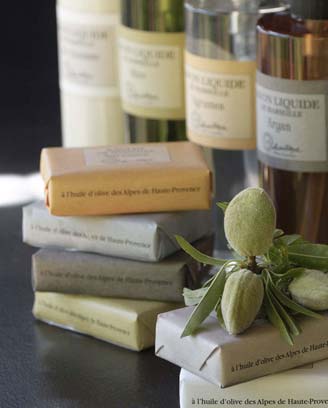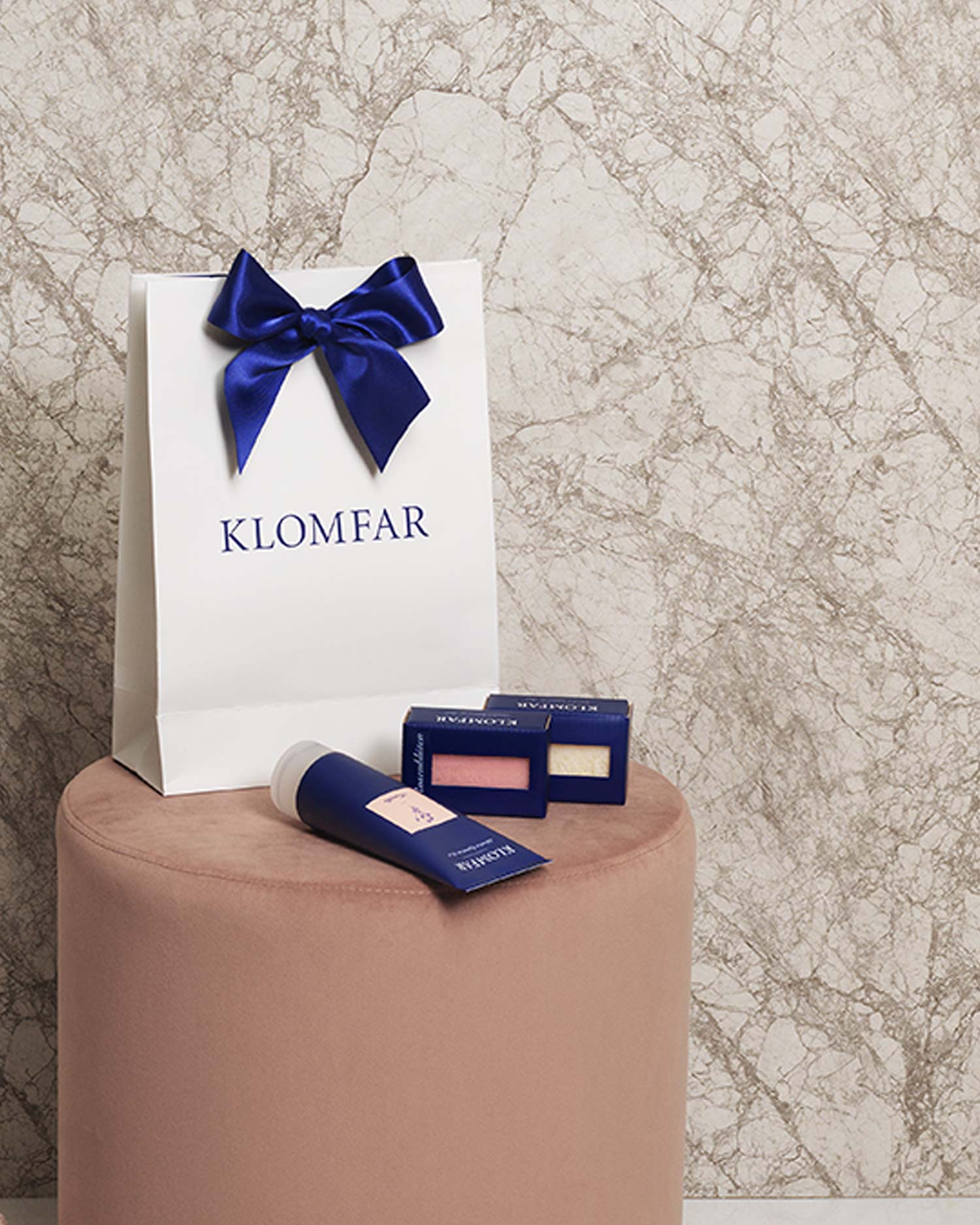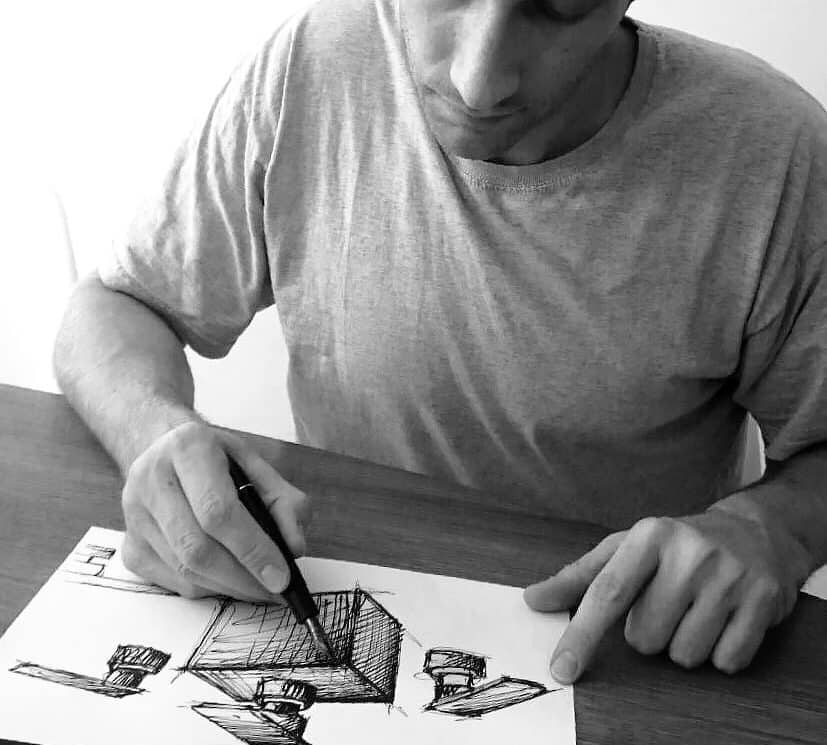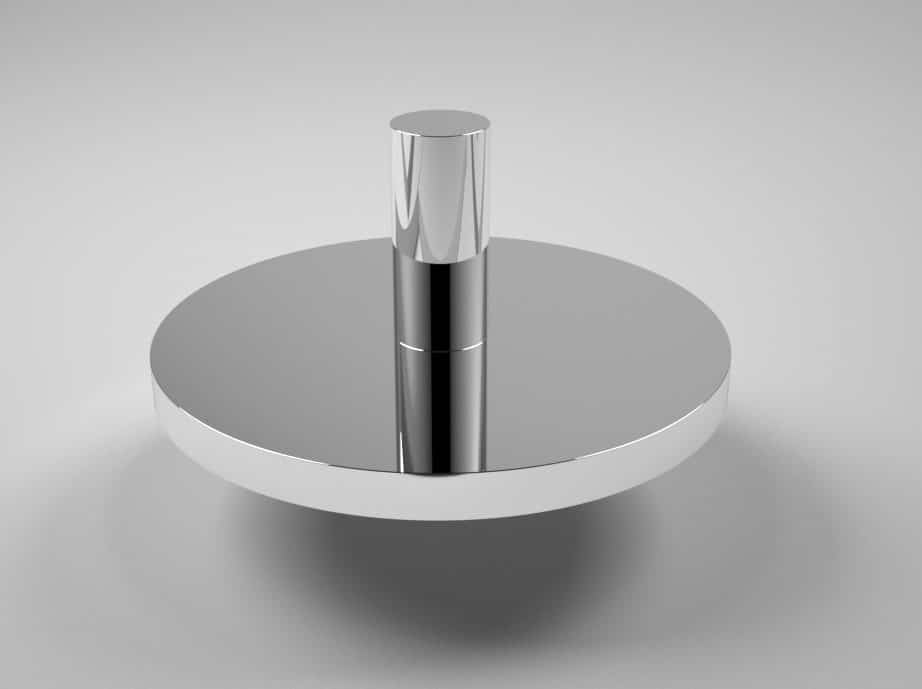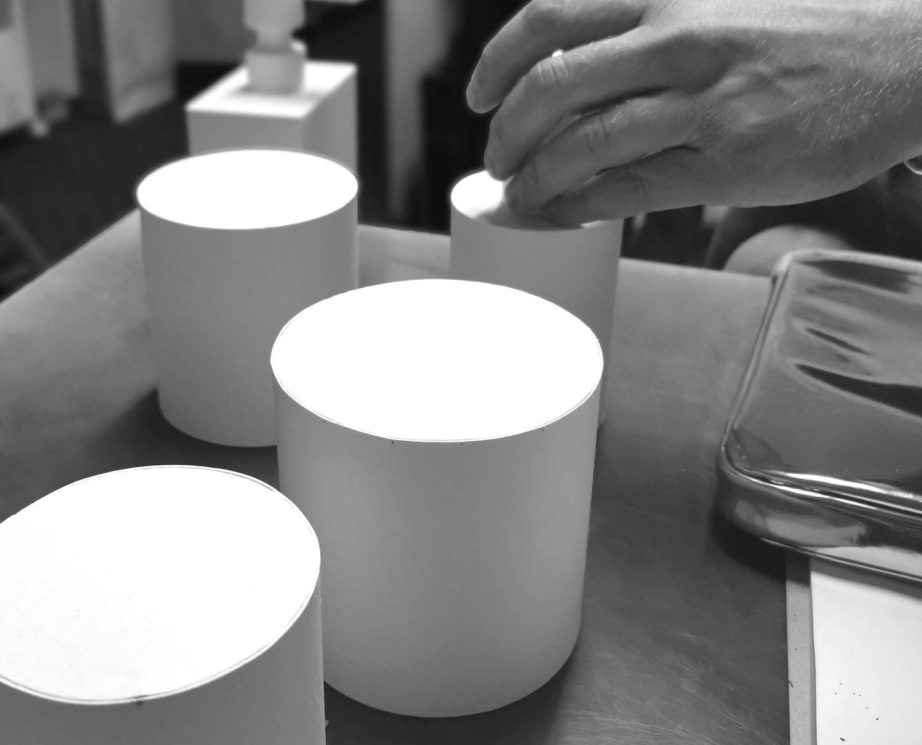Where does the aesthetic of the bathroom lie for you?
.
For me it is the simple and reduced forms and an elegant minimalism. Also defining are the materials, from tiles or natural stone to fixtures and bathroom accessories. The lighting, which often emanates centrally from an LED mirror, contributes significantly to the atmosphere in the bathroom. The harmony of the selected accessories and a unified style make the bathroom as important a place to stay as a living room. To achieve a perfect result, it is important to get good advice.
.
Which accessory sets the style of your bathroom?
.
The Big dispenser is definitely one of my favorite items. I have one in chrome and a powder coated one in white. However, I would also like it in copper, preferably if it already has patina. I used to want everything perfectly shiny, but more and more now I’m drawn to the less perfect, because that has its own unique appeal.
The Big Spender, like many other objects in the KLOMFAR bathroom accessories series, is available with different surfaces. How does materiality change the character of an object?
Essentially, because the material plays a decisive role in determining the character of an object. Whether the surface is rough or shiny, polished or matte, tells something about the object. Whether it is elegant, rather raw or almost archaic. The soap dispenser, the soap dish or the handkerchief box, after all, you touch with your hands, feel them and see them up close.
How would you describe your design for KLOMFAR?
My design for KLOMFAR is reduced, minimalist and elegant. It is about very simple, simple forms, which are implemented in the highest perfection in a manufactory in Barcelona. You could say that here any ornament is taken away to get a harmonious object. It is about the reduction to the essentials.
You can see all of this, especially in the Big Spender. But why is the Big Spender so “big”
?
Because it is practical that he carries a lot of soap, but of course also because he should be an attention-grabbing signature piece in the bathroom. Here just the size works.

